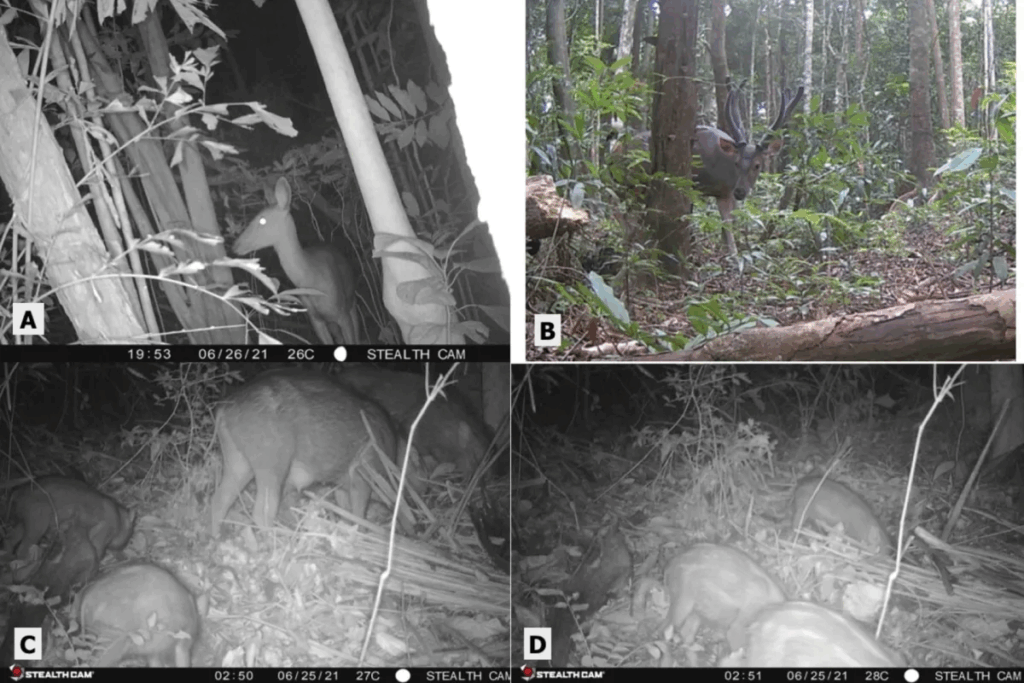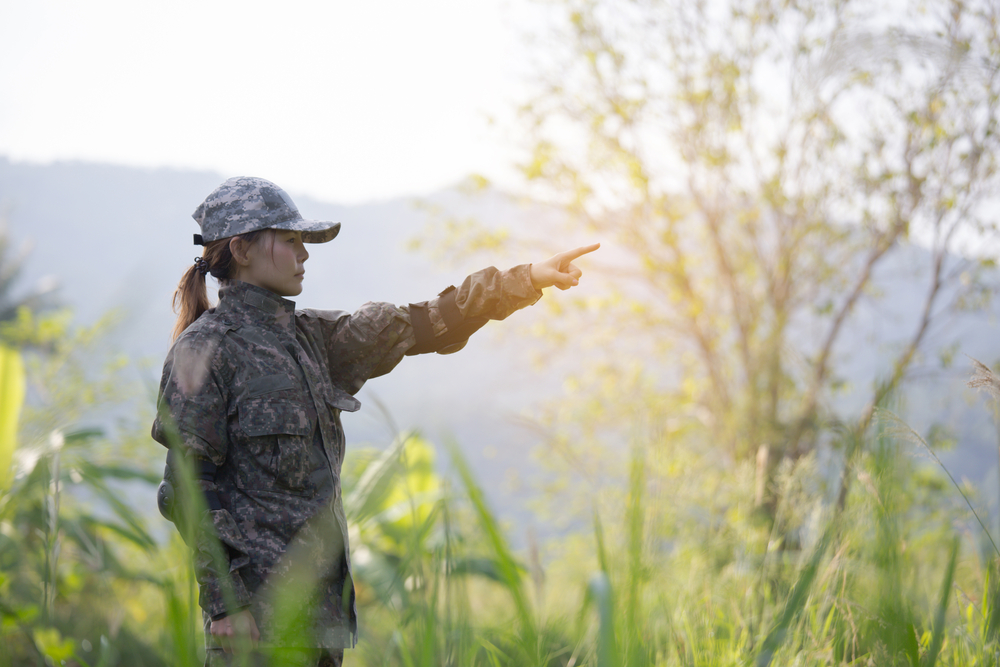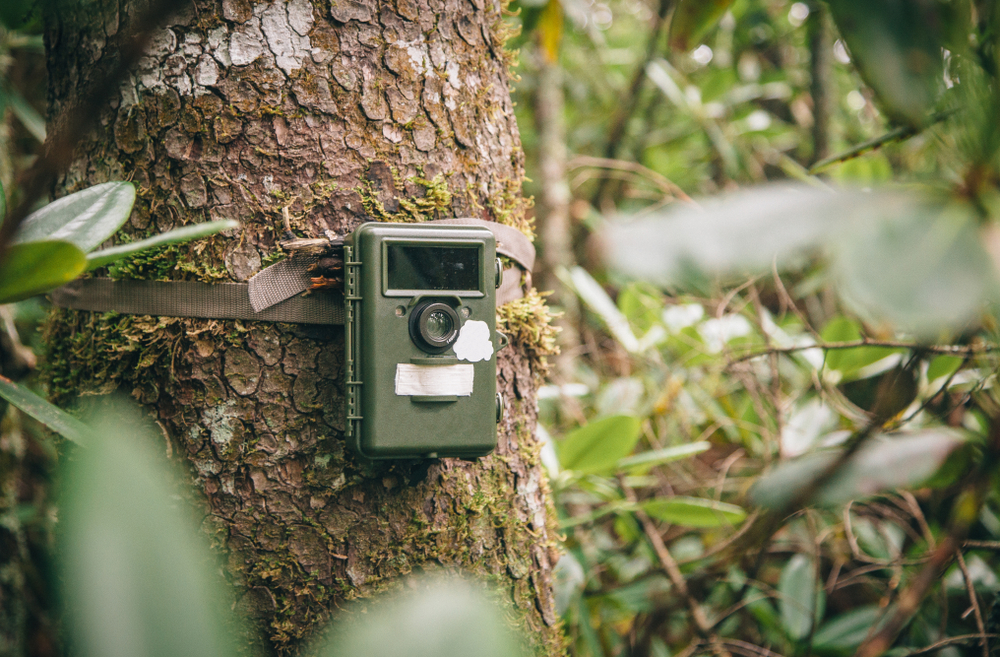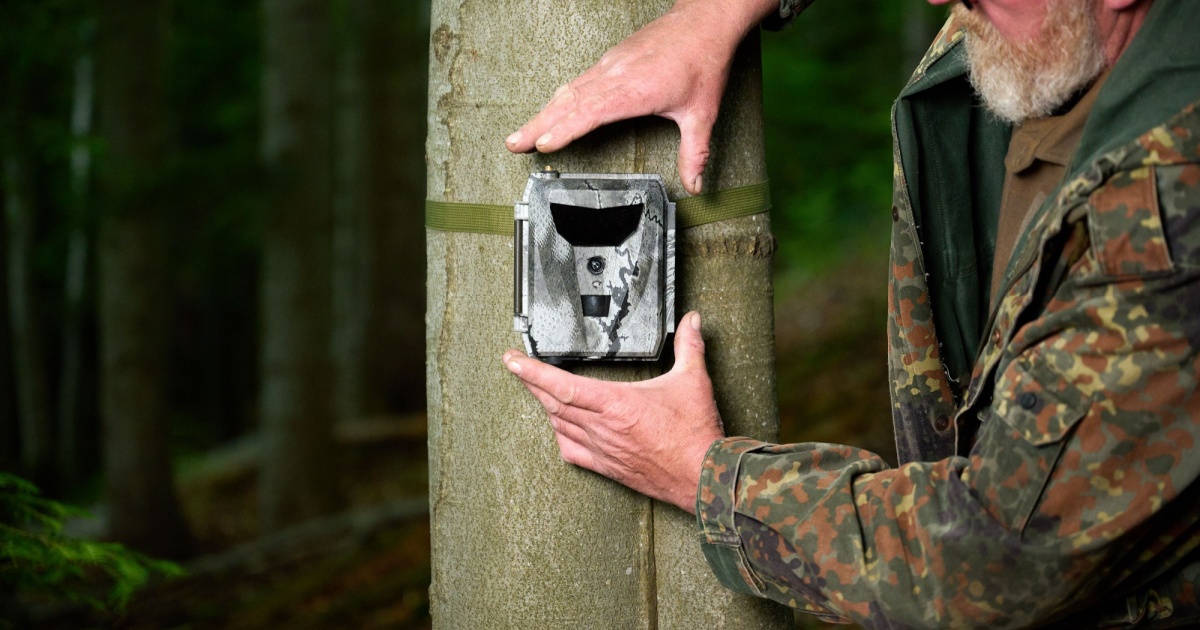Thailand is best known for its stunning beaches, buzzing markets, and world-famous nightlife. But beyond the dance floors and beach bars, something extraordinary is happening. Deep in its national parks, wildlife is making a quiet but powerful comeback. Animals long thought to be fading away are now returning in greater numbers. This surprise revival is thanks in large part to trail cameras, which have captured the progress in real time.
Researchers installed these motion-sensitive cameras across protected forests to monitor the health of ecosystems. And what they found stunned even the experts. Tigers, elephants, tapirs, and leopards are not only surviving—they’re thriving. The footage shows that decades of conservation efforts are finally bearing fruit. In fact, the story unfolding in Thailand’s wild spaces may offer hope to the world. If nature is protected long enough, it will fight to heal itself.
Let’s take a closer look at how trail cameras helped uncover one of the most surprising wildlife recoveries of the decade—and what it means for the planet.
What Trail Cameras in the Forest Revealed
Thailand has over 150 national parks and nearly 60 wildlife sanctuaries. These areas were once at risk from logging, poaching, and unchecked development. But starting more than 30 years ago, the government acted and introduced strict conservation laws, created no-hunting zones, and hired rangers to patrol the forests.
To track changes, scientists set up more than 200 trail cameras across five major parks. These cameras activated with movement and quietly captured animals as they passed, and over time, the footage showed something amazing—nature was bouncing back. Tigers hunted prey. Leopards marked their territory. Elephants roamed in herds. Even rare species like sun bears and tapirs were seen regularly.

Each image taken by a trail camera told a story of resilience. The cameras offered hard proof that conservation efforts were working. In parks protected for over three decades, species diversity was especially high. These areas had more predators, more prey, and more signs of ecosystem balance.
Parks with newer protections still showed promise, though they had less diversity. This confirmed a key point—long-term protection brings better results. Wildlife doesn’t return overnight, it needs time, space, and safety.
The Power of Patience, Policy, and Technology
This success didn’t come easily as years of work went into making these parks safe for wildlife again. Rangers worked day and night to stop illegal hunting and local communities received training and support. They learned to live alongside the parks without harming them and new jobs gave people income while protecting natural resources.

The steady return of animals proved that these efforts mattered. Species like sambar deer and wild boars returned first, followed by their predators. With every step forward, trail cameras kept recording. They gave scientists a clear picture of progress without disturbing the animals.
One key lesson from Thailand is this: patience pays off. Wildlife recovery needs more than a quick fix, it needs years of smart policy and continued investment. The combination of human care and quiet observation through a lense made this turnaround possible.
And it’s not just about the animals, healthy ecosystems benefit everyone. The forests trap carbon, clean the air, and store fresh water. When wildlife thrives, nature works better. The return of animals means the land is healing—and so is the planet.
A Global Example with Real Impact
Thailand’s story stands out as a rare win in a time of growing environmental crisis. Around the world, species are disappearing, forests are shrinking, and climates are changing. But this success proves that recovery is still within reach.
The methods used—strong protections, local support, and trail cameras for tracking—can be used in other countries. While every place has its own challenges, the steps Thailand took can guide countries to protect their land and support nearby communities. They can also monitor progress with smart tools, and most importantly, stay committed for the long haul.

Many governments and conservation groups now look to Thailand as a model. Its parks have shown that with the right actions, wildlife can rebound. The images from trail cameras back that up with clear, visual proof. In a world filled with bad environmental news, this is one story worth sharing.
Behind the Party, the Real Wild Life Thrives
While tourists flock to Thailand for full moon parties and beach getaways, something much wilder is happening far from the crowds. Deep in the forests, elephants are roaming, tigers are stalking prey, and leopards are marking trees—all unseen by human eyes. But thanks to trail cameras, we know they’re there.
This success didn’t come from luck. It came from decades of hard work, strong laws, local cooperation, and the quiet watch of technology. Thailand gave nature what it needed—protection, space, and time. In return, nature showed us what it can do when left to heal.
Trail cameras helped capture a stunning recovery, one frame at a time. The images remind us that while the threats to wildlife are real, so is the chance for renewal. Thailand’s parks now offer more than beautiful views—they offer hope. If given the chance, nature will return. We just need to keep watching—and protecting.

